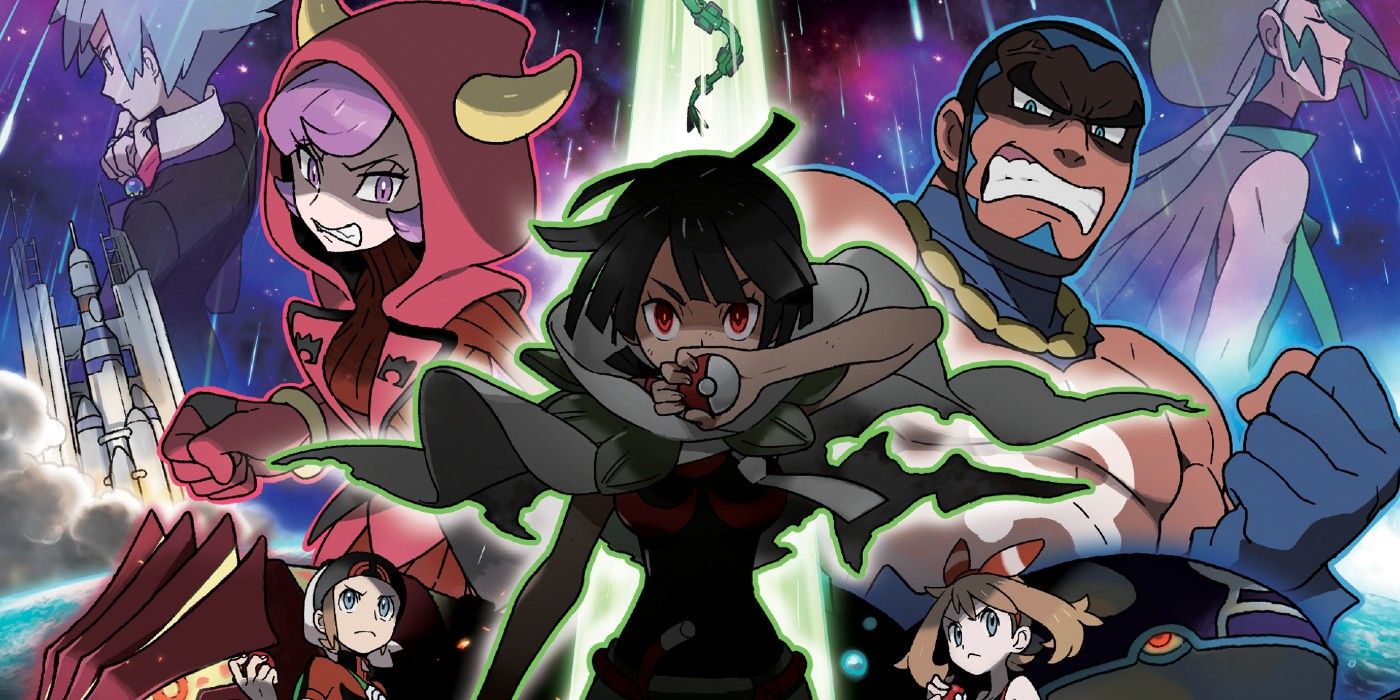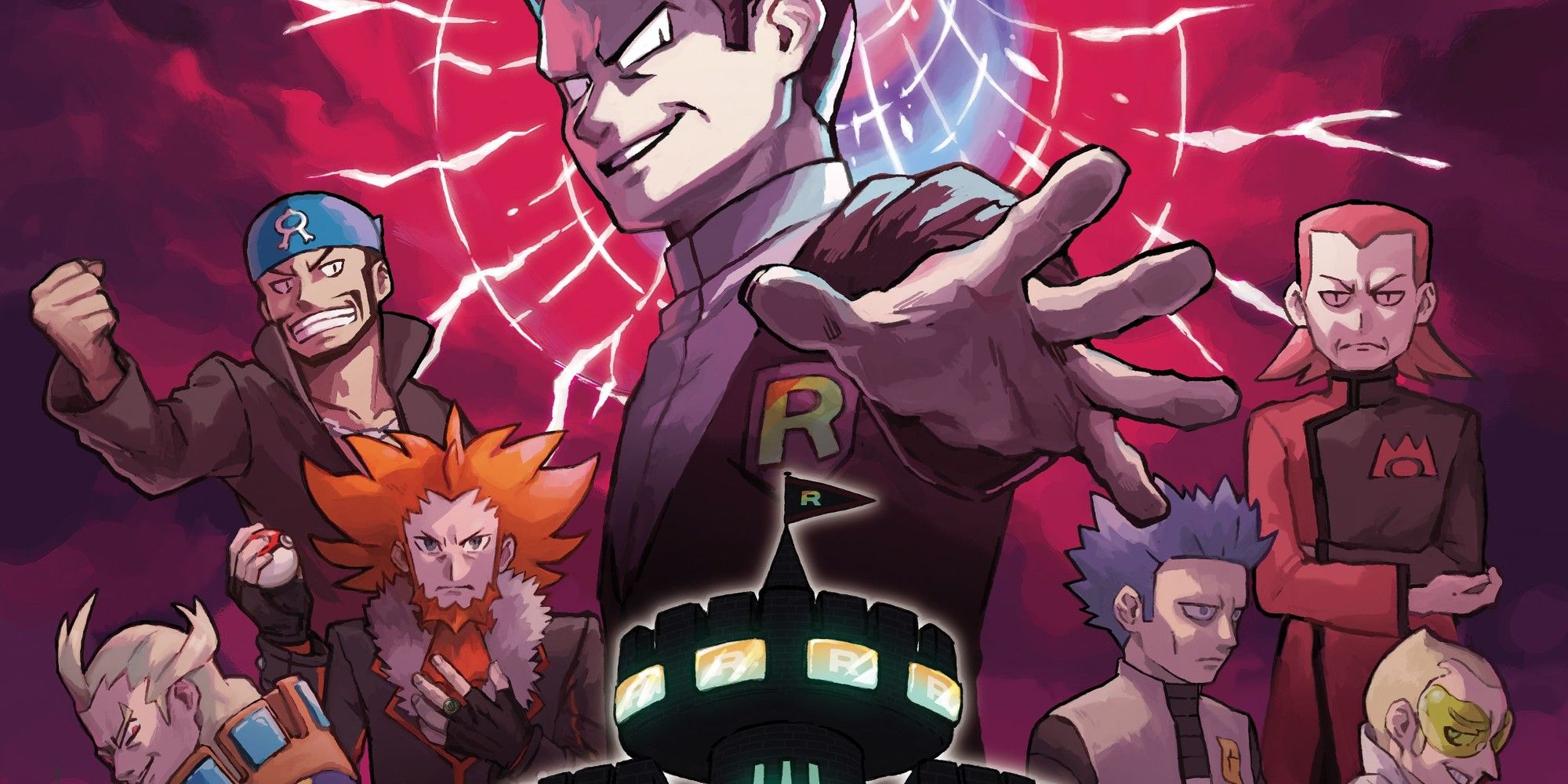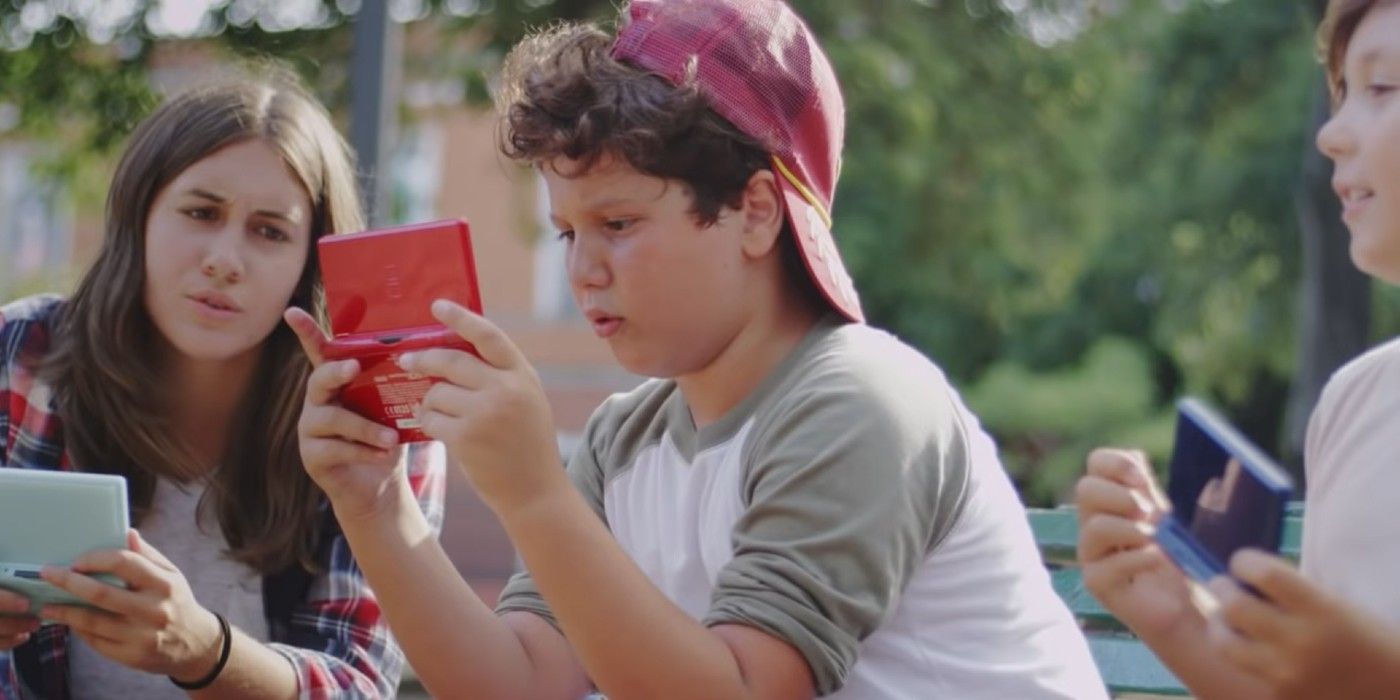The concept of a wider multiverse is a key part of the Pokémon world, with references to its existence being found in many games. This multiverse seems to tie all the games together, with the wider implications even connecting to the real world. And although this aspect of the setting has seemingly faded from prominence in recent Generations, in reality it continues to be built upon even now.
The idea of parallel universes holds potent power as a plot device, allowing for the exploration of what-ifs and alternative storylines that would otherwise be incompatible with the main narrative. Although it was not acknowledged for many years, Pokémon’s tradition of producing multiple game versions at once fits in perfectly with this philosophy. Depending on the specific game different Pokémon can be found, up to and including the local Legendary Pokémon, which can in turn affect the plot and motivations of the characters involved, especially the villains. However, while this provides a strong foundation, the Pokémon multiverse as a whole is both more well-defined and more complex.
Many Pokémon Games Refer To a Multiverse
Direct references to the existence of a multiverse in Pokémon games can be found as far back as Pokémon Black and White. Here, Opelucid City has a notably different aesthetic depending on the version, including different Gym Leaders. Known as “Time’s Dividing Line,” the city is heavily futuristic in Pokémon Black, but retains a more time-worn design in Pokémon White. Moreover, residents named Thyme and Bach each ask the player for help in building a time machine in Black and White respectively, referencing Opelucid’s alternate appearance to requesting a Pokémon from the alternate game version. Curiously, the pair also appear to be parallel counterparts of each other’s father and son.
Later, in Omega Ruby and Alpha Sapphire, the concept of alternate worlds comes to the forefront as a meteoroid falls toward the world in the Delta Episode. In response, Professor Cozmo of the Mossdeep Space Center devises a plan to send the meteoroid to another world; a plan condemned by the Draconid Zinnia, who points out that this would only doom another version of Hoenn. More specifically, Zinnia describes a version of Hoenn in a world where Kalos’ ancient superweapon was never fired, and so Mega Evolution does not exist; in other words, the world of the original Pokémon Ruby and Sapphire, as well as Pokémon Emerald.
Similarly, after the player defeats Team Magma or Aqua in Omega Ruby and Alpha Sapphire, they can visit the leader of the opposing team at the Battle Resort. Although they have assisted the player in stopping their rival team’s plans, Maxie and Archie both acknowledge that in another world they could have been the villains. This is, of course, entirely true, implying that Omega Ruby and Alpha Sapphire do canonically take place in parallel worlds, in addition to Ruby, Sapphire, and Emerald. By extension, this fact also implies that all current and future Pokémon remake titles are in a similar situation, existing in universes parallel to the originals.
Numerous Characters Are Able To Traverse Pokémon’s Multiverse
If Black and White and Omega Ruby and Alpha Sapphire discussed the existence of alternate universes, then Pokémon Sun and Moon is where those universes begin to have their impact truly felt upon each other. Ultra Space is explicitly interdimensional, connecting many universes together through Ultra Wormholes. People who travel through these wormholes, either to and from Ultra Space or through to new universes entirely, are known as Fallers, with one of the most prominent examples being Anabel. Although mostly amnesiac in Sun and Moon, the Interpol Agent still retains fragmented memories of her past life as the Salon Maiden of Hoenn’s Battle Tower in Pokémon Emerald.
Interestingly, Anabel’s own experience seems to be directly paralleled by a cameo appearance of her partner Looker in Omega Ruby and Alpha Sapphire, where he too can be seen suffering from amnesia. It is possible that this Looker is himself a Faller, having fallen into Hoenn from another world. His amnesia is never referred to in later games, as if it never happened. And to the Looker the player meets in those games, that could indeed be true. Instead, it is entirely possible that it was an alternate version of himself that washed ashore in ORAS’ Hoenn.
Along with Anabel, Generation 7 introduced numerous interdimensional travelers thanks to Ultra Space, not all of them human. In addition to the Ultra Recon Squad of Ultra Megalopolis, there are naturally various Pokémon that originate from other dimensions to consider. The many species of Ultra Beasts, as well as the Legendary Pokémon Solgaleo, Lunala, and Necrozma, are all native to Alola, or at least typically emerge into the known Pokémon world(s) there.
And then there is the appearance of Pokémon’s Team Rainbow Rocket; these villainous interdimensional travelers come to the Alola of Pokémon Ultra Sun and Ultra Moon after their plans have succeeded in their own worlds. Led by Giovanni, it is hard to call defeating them a true success because the various victorious team leaders Giovanni recruited are merely transported back to their own worlds, and Giovanni himself clearly aims to renew his schemes in another reality at the end of the post-game story. The player may have protected their own reality, but it is also clear that the Pokémon multiverse as a whole is by no means less threatened.
The Pokémon Multiverse Can Even Extend To The Real World
It is also worth noting that although parallel universes are typically thought of in terms of dramatic differences, it is also perfectly possible for two alternate worlds to be almost identical in every way. More minor differences could include the player’s choice of starter, for example; no matter which Pokémon they choose, the overall plot of the games remains the same. Nevertheless, the Pokémon multiverse would naturally accommodate these minor differences as well, which creates an interesting connection to real life. A player’s save file, with its randomized Pokémon, playtime and more, is essentially unique, which means it can easily be interpreted as a representation of one of these universes.
By extension, this means that all save files can be considered a part of Pokémon’s multiverse. This is true whether they are found on different copies of the same game or are new games created on the same cartridge. Every new iteration represents another world in the Pokémon multiverse, one defined entirely by the player’s actions. This has interesting implications for online trading and battles, suggesting that the player (inadvertently or otherwise) has some sort of inherent access to the multiverse. But then again, this has always been the case; it is the only way that the Opelucid City’s time travel hopefuls’ request can be fulfilled.
The Pokémon multiverse is a fascinating piece of world-building which by its very nature expands with each new Generation. Although it has not seen much direct development since Gen 7, it is clear that so long as remakes and paired game versions are produced, so too will the multiverse expand. The idea that Pokémon players can directly contribute to this infinite expanse with their own actions also strengthens the concept significantly. The Pokémon franchise places a heavy focus on connections – in-game rivalries, trading and battling with friends, and being part of a global community. This multiverse undeniably connects all Pokémon games and players together, a perfect expression of this core ideal.



